Site Information
WCS China Final Report 2024
https://conservewildcats.org/wp-content/uploads/sites/5/2025/04/WCS-Final-Narrative-Report-China-Tigers-and-Leopards-March-2025.pdf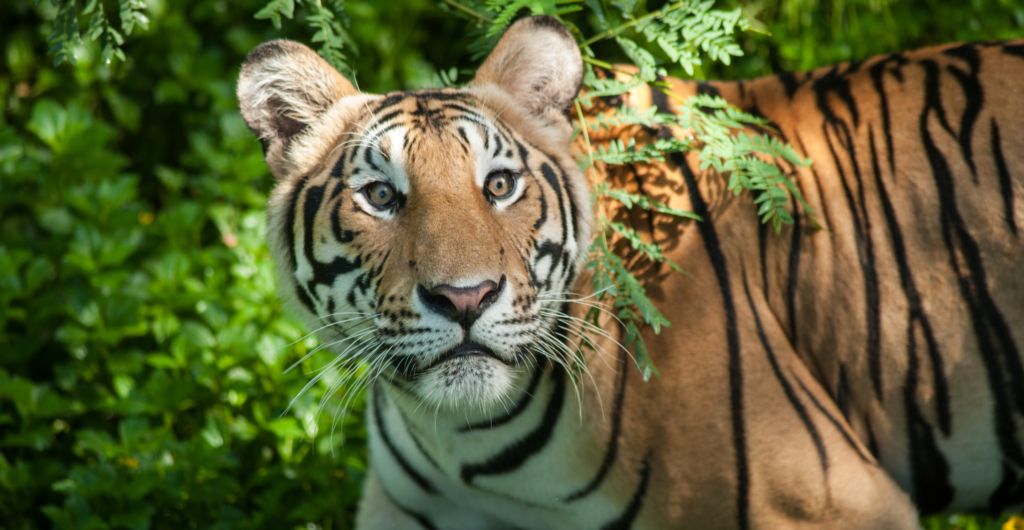
Abstract: Indochinese tigers (Panthera tigris corbetti), formerly distributed across mainland Southeast Asia, have experienced significant range contraction, with populations in Thailand serving as the last remaining strongholds. One such landscape...
Read More
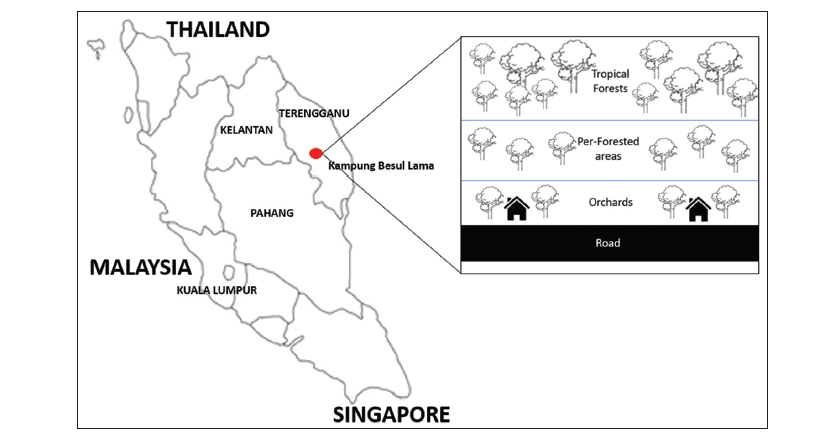
Abstract: Background and Aim: The increasing human-wildlife interface due to urbanization and agricultural expansion has escalated the risk of zoonotic and interspecies disease transmission. Canine distemper virus (CDV), a highly...
Read More
F&F final report 2024
https://conservewildcats.org/wp-content/uploads/sites/5/2025/04/WCCA_Y1_FinalReport_Kerinci-Tigers-Feb24-Jan25_PUBLIC.pdf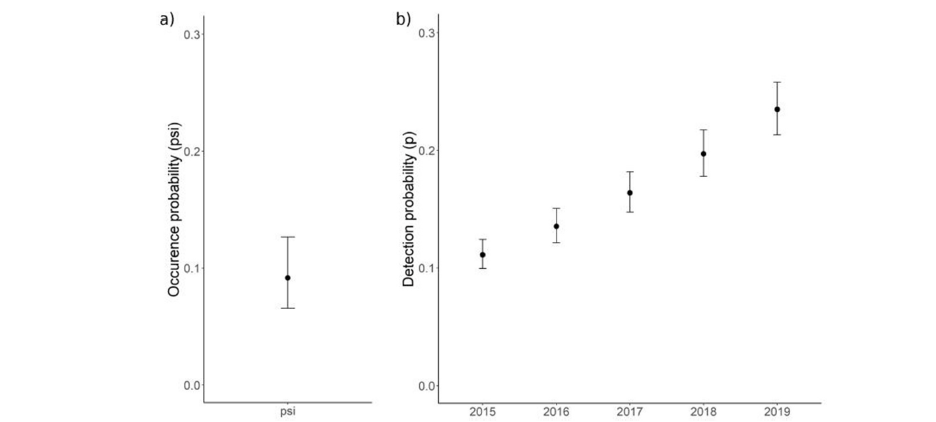
Abstract: Protected areas face immense pressure for their resources and the space that they occupy. To protect them and their wildlife, management approaches such as ranger patrols and measures to...
Read More
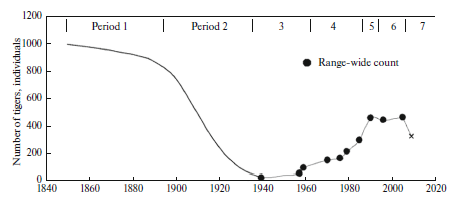
Abstract: This study is aimed at assessing the status of the Amur tiger subpopulation, Panthera altaica, in Khabarovsky Krai under sharply deteriorated trophic conditions caused by the African swine fever...
Read More
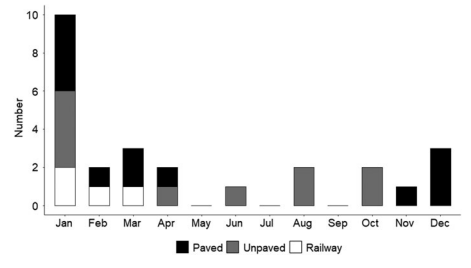
Abstract: This study examines mortality of the Amur tiger Panthera tigris altaica caused by traffic collision incidents in the Russian Far East from 1980 to 2023. Forty-six per cent of...
Read More
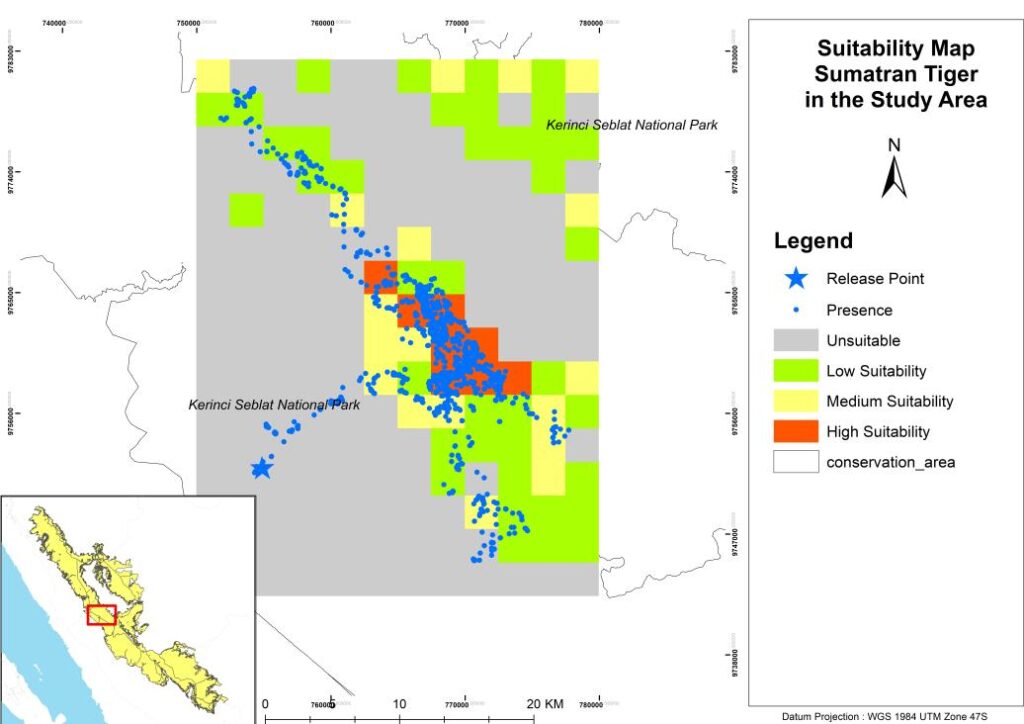
Abstract: Sumatran tigers (Panthera tigris sumatrae), critically endangered mammals native to Indonesia, play a vital role in maintaining ecosystem balance by regulating prey populations. However, habitat loss and human-wildlife conflict...
Read More
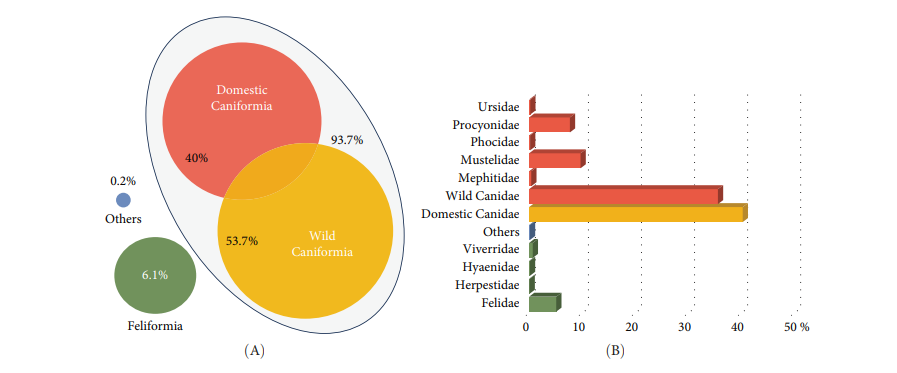
Abstract: Background: Emerging viral diseases are spreading to new geographic locations, influenced by human activities and climate change. Morbillivirus canis (also known as canine distemper virus, CDV), the etiological agent...
Read More
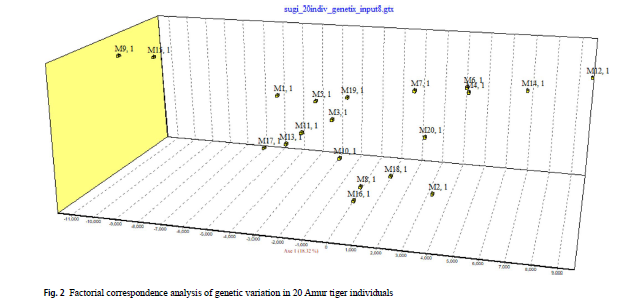
Abstract: Background The tiger population in Southwest Primorye is small and predominantly isolated from the main Sikhote-Alin population, which constitutes approximately 90% of the wild Amur tiger population. By 1996,...
Read More
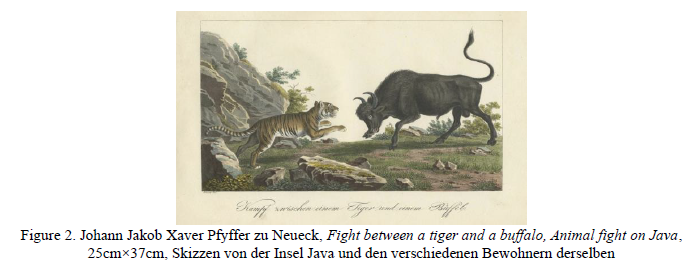
Abstract: As a natural species, the tiger, conventionally regarded as a quintessential Asian animal, occupies the apex of material and energy flows within forest ecosystems. Beyond its natural form, the...
Read More
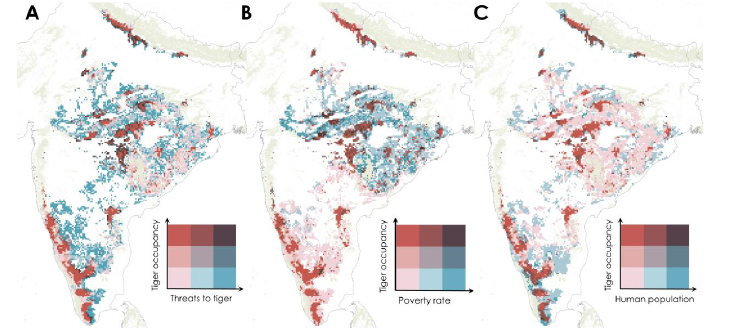
Abstract: Recovery of large yet ecologically important carnivores poses a formidable global challenge. Tiger (Panthera tigris) recovery in India, the world’s most populated region, offers a distinct opportunity to evaluate...
Read More

Books have a magical way of sparking curiosity, imagination, and a lifelong love of learning. For World Book Day, Wildcats Conservation Alliance is celebrating the importance of big cats—especially tigers...
Read More
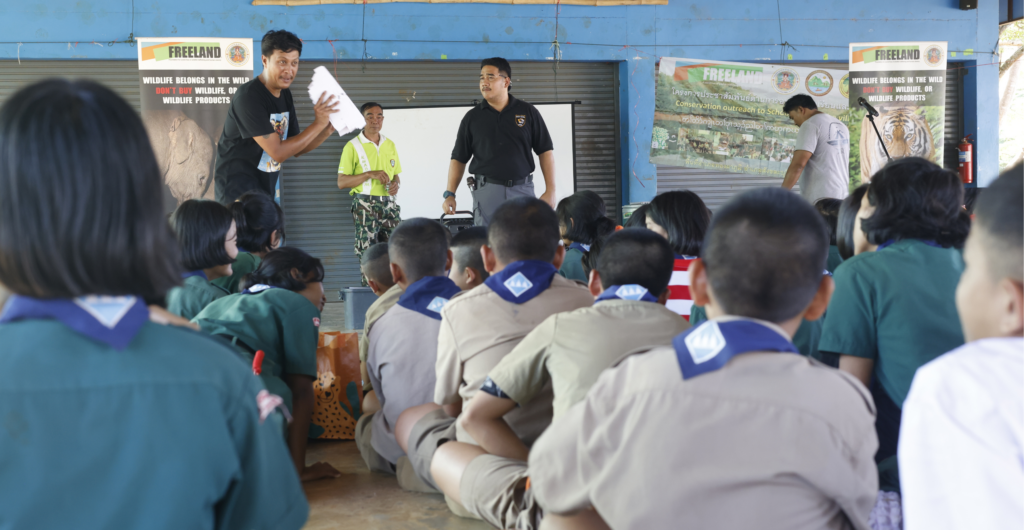
USAID funding freeze: The USAID funding freeze, affecting nearly half of global humanitarian aid, has destabilised essential services worldwide, with ripple effects threatening ecosystems, biodiversity, and vulnerable communities. Rising Threats...
Read More

This Valentine's Day, we spotlight an extraordinary story from the Russian Far East: the journey of two Amur tigers, Boris and Svetlaya. Their remarkable reunion, following Boris’s 120-mile trek, offers...
Read More
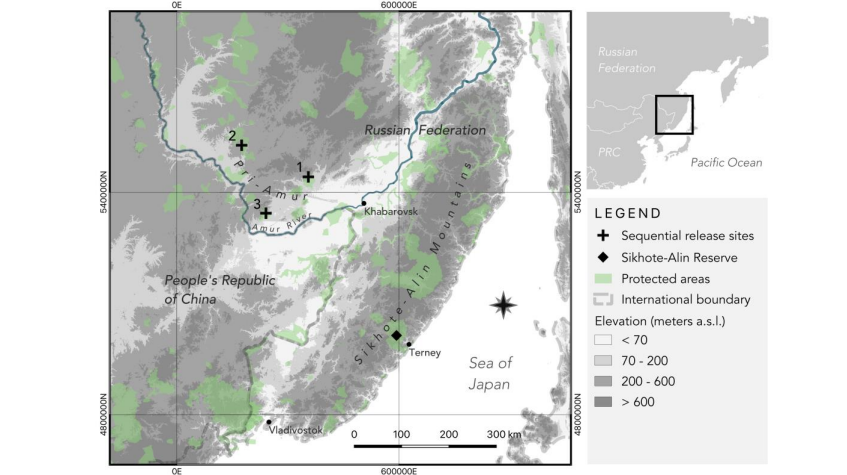
Abstract: Empty but suitable habitat exists for many of the world’s terrestrial large carnivores, yet reintroductions are often considered difficult. In the Russian Far East, orphaned Amur tiger (Panthera tigris...
Read More
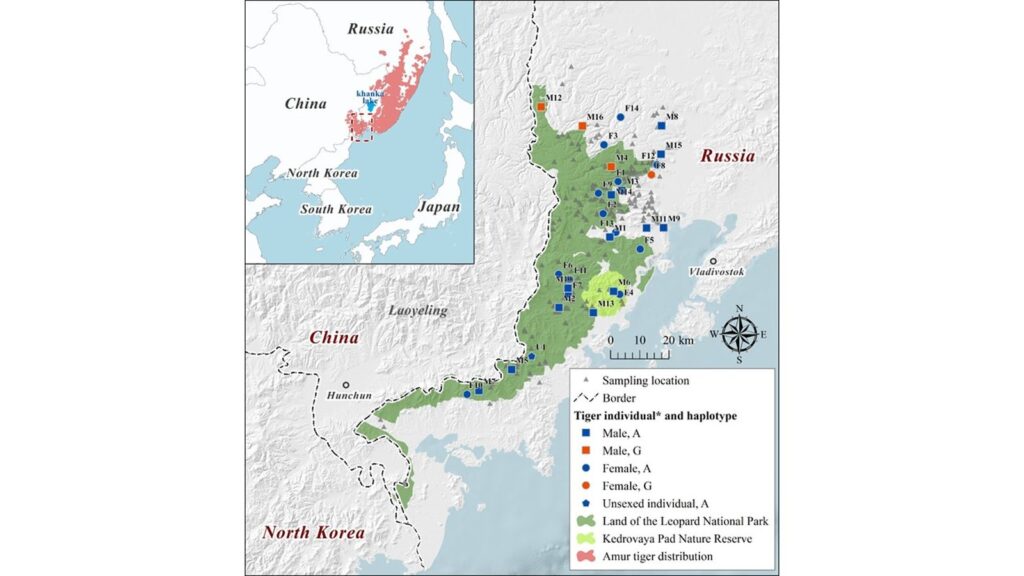
Abstract: Southwest Primorye hosts approximately 9% of the remaining wild Amur tiger population and represents hope for the revival of tigers in Northeast China and the Korean peninsula. Decades ofconservation...
Read More

Khao Laem National Park lies in the Western Forest Complex, connecting its upper and lower sections and hosting its own breeding tiger population. African Swine Fever is decimating wild boar,...
Read More
Freeland interim report 2024
https://conservewildcats.org/wp-content/uploads/sites/5/2025/01/Interim-report-Khao-Laem-Freeland-Sept-2024-REDACTED-002.pdf
By Abarta Pandey Senior Programme Development Specialist, ZSL Nepal Parsa National Park is a key conservation landscape linking Nepal’s Chitwan National Park (CNP) and via CNP India’s Valmiki Tiger Reserve,...
Read More

Abstract: Population density is a valuable metric used to manage wildlife populations. In the Russian Far East, managers use the FormozovMalyushev-Pereleshin (FMP) snow tracking method to estimate densities of ungulates...
Read More
![[Photo/Xinhua]](https://conservewildcats.org/wp-content/uploads/sites/5/2024/12/Thank-you-1024x530.png)
This footage captures a wild Siberian tiger in Changbaishan Biosphere Reserve, in the southeastern part of Jilin Province, China, on 3 December 2024. The discovery is proof that wild Siberian...
Read More

Abstract: Inbreeding increases genome homozygosity within populations, which can exacerbate inbreeding depression by exposing homozygous deleterious alleles that are responsible for declines in fitness traits. In small populations, genetic purging...
Read More
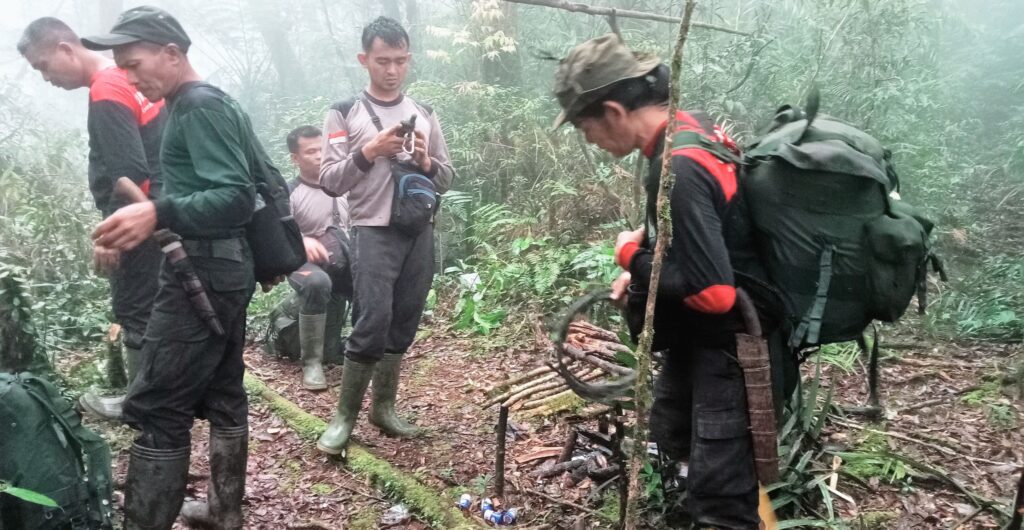
In early August 2024, Indonesia introduced transformative changes to its conservation laws, signalling a bold step forward in the battle against illegal wildlife trade (IWT). The new Law No. 32/2024...
Read More
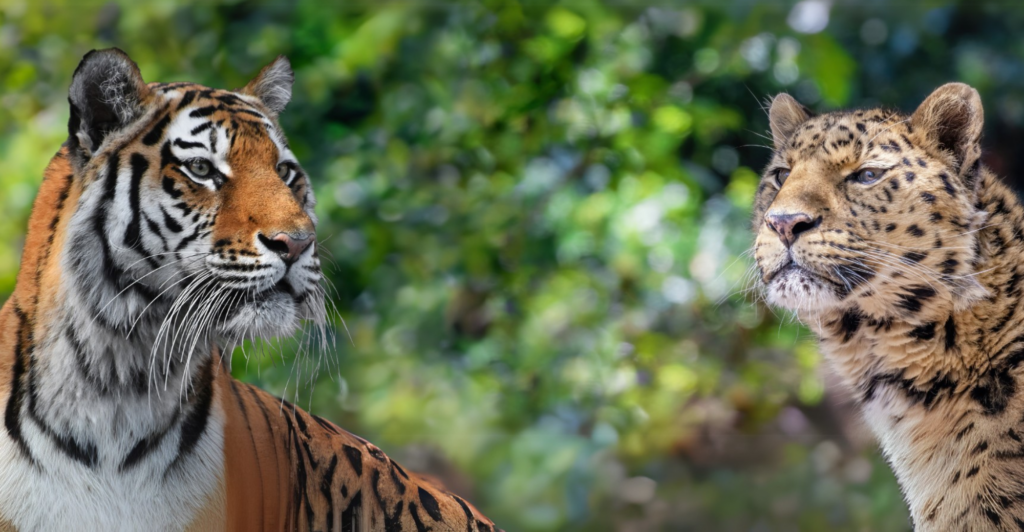
Since September we've had a flurry of donations from zoos for conservation projects funded through WildCats Conservation Alliance. We are delighted that amongst them, Greenville Zoo in South Carolina has...
Read More

